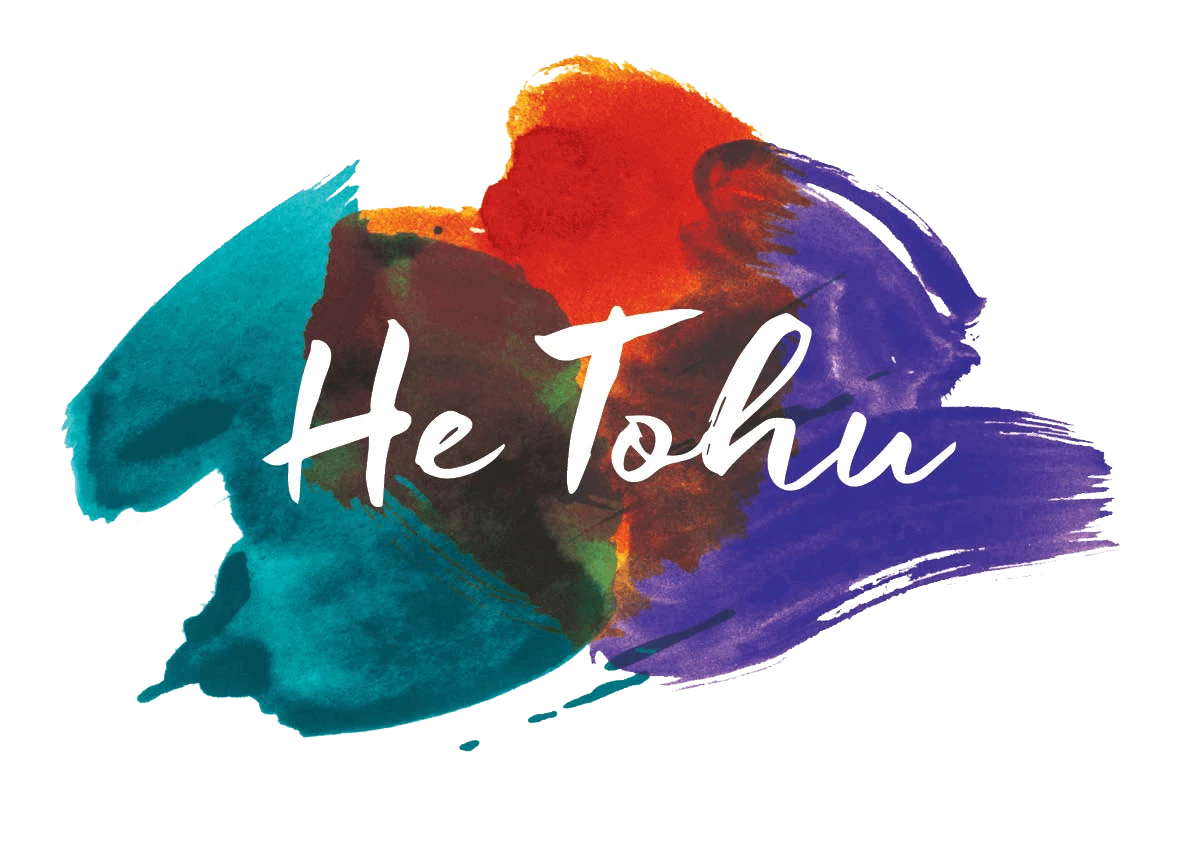Women’s Suffrage Petition | Te Petihana Whakamana Pōti Wahine — workbook teacher support
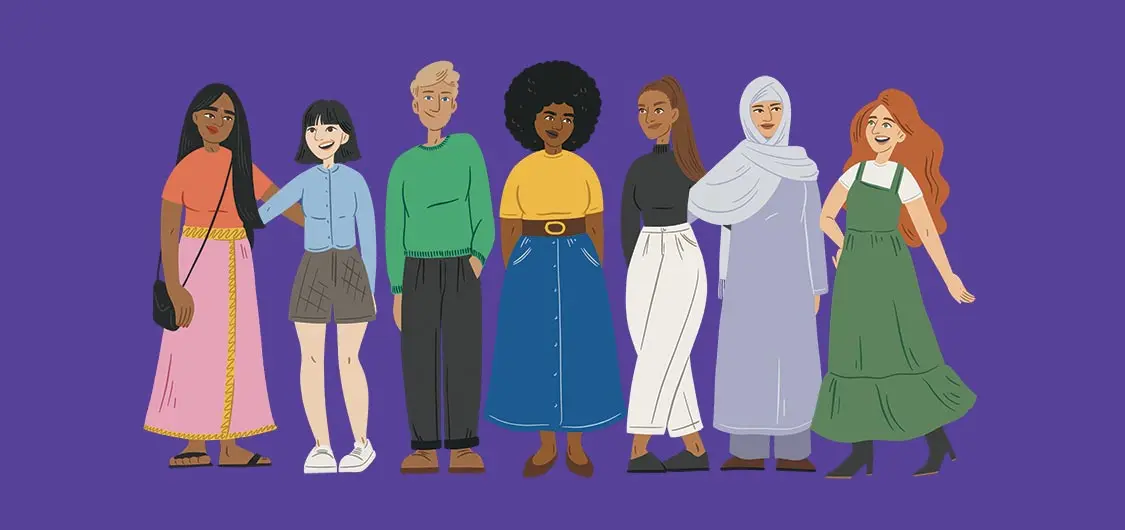
Teachers — find out how our Women’s Suffrage Petition workbook aligns with the Aotearoa New Zealand’s histories curriculum. Our teacher workbook also has tips to plan your lessons and answers to the workbook activities.
Workbook formats — print or online version
Download or print the workbook: Women’s Suffrage Petition | Te Petihana Whakamana Pōti Wahine — workbook teacher support (pdf, 2 MB).
Read the accessible, online version below.

Aotearoa New Zealand’s histories curriculum
How does this workbook align with the Aotearoa New Zealand’s histories curriculum? Here are some tips to help you plan your lessons.
Understand | Big ideas
Māori history is the foundational and continuous history of Aotearoa New Zealand
The workbook places the story of women’s suffrage within a broader exploration of Māori social structures and practices that were established long before non-Māori first arrived in Aotearoa. In te ao Māori, the shared contributions of all genders across various age groups have always been recognised as essential for creating harmonious and prosperous communities.
Colonisation and settlement have been central to Aotearoa New Zealand’s histories for the past 200 years
In the 18th and 19th centuries, the idea that women should be subservient to men was entrenched in British laws and social conventions. In Aotearoa, settler communities introduced and then imposed these norms, shifting the balance of power in ways that are still being contested today.
The course of Aotearoa New Zealand’s histories has been shaped by the use of power
The story of suffrage can be used as a vehicle for exploring ways that individuals, groups, and governments exert and contest power and how this affects people and communities.
Relationships and connections between people and across boundaries have shaped the course of Aotearoa New Zealand’s histories
The women’s suffrage movement in Aotearoa New Zealand was part of a global struggle. The movement was emboldened by the sharing of ideas, visiting speakers, and rallying through national and international organisations working for change.
Know | Contexts
By learning about the history of women’s suffrage in Aotearoa New Zealand, ākonga are supported to:
recognise how the past shapes who we are today and the stories that are woven into our collective and diverse identities (Whakapapa me te whanaungatanga | Culture and identity)
explore contests of authority and control (Tino rangatiratanga me te kāwanatanga | Government and organisation)
explore the economic impact of land loss on Māori communities, and in particular, Māori women (Tūrangawaewae me te kaitiakitanga | Place and environment)
explore the role women’s unions played in the struggle for equality and the unjust working conditions women have faced (Kōwhiringa ohaoha me te whai oranga | Economic activity).
Do | Inquiry practices
The workbook encourages ākonga to apply inquiry practices by supporting them to:
identify and explore historical relationships — for example, the sequence of events that contributed to women gaining the right to vote, and the relationship between suffrage and colonisation
identify sources and perspectives — for example, using sources to research a petition signatory
interpret past experiences, decisions, and actions — for example, changing attitudes and values related to the roles of women.
The workbook also encourages ākonga to explore women’s suffrage within the context of their local community.
Additional resources
Check out more teacher resources and supporting activities. These are designed for teachers and are based primarily in the social sciences learning area.
Activities
Key stakeholders — 1893 Women’s Suffrage Petition
Women’s Suffrage Petition — from its creation to now
Extra resources
Supporting activities and resources on gender equality
Activity answers
Creating the document
The following events are provided in the correct order for marking purposes. Note that events 3a, 3b, and 3c happened at the same time.
You can instruct ākonga to arrange events in the correct order by:
photocopying the page and cutting out the statements to reorder them, or
numbering the events in the correct order.
Events
1. John Hall, a pro-suffrage politician, encouraged women’s groups to organise a petition to prove that women wanted the vote.
2. Groups such as the Women’s Franchise League and the Women’s Christian Temperance Union (WCTU) organised for petition sheets to be sent out to their members.
3a. Volunteers throughout the country went door-to-door, talking to women about suffrage and inviting them to sign, and holding public meetings to educate people about women’s rights.
3b. Volunteers visited workplaces and public places such as churches and halls.
3c. Women took the sheets to out-of-the-way places they went to on holiday.
4. The forms were sent back to Kate Sheppard’s home in Christchurch and Kate glued the sheets together end-to-end and rolled them around a broom handle.
5. The petition was taken to Wellington to be presented to Parliament.
Who’s in, who’s out, and who decides?
The following events are provided in the correct order for marking purposes.
You can instruct ākonga to arrange the events in the correct order by:
photocopying the page and cutting out the statements to reorder them, or
drawing lines between the events and dates.
Events
1853 — The first parliamentary elections in Aotearoa. Only people who owned property were eligible to vote.
1860 — Some gold miners were given the right to vote, even if they didn’t own property. Chinese gold miners were not included in this group of eligible voters.
1867 — 4 Māori seats in Parliament created. (Pākehā had 72 seats in Parliament.) In the same year, all Māori men over the age of 21 obtain the right to vote. This right was not given to all Pākehā men over the age of 21 until later.
1868 — First Māori MPs take their places in the House of Representatives — Frederick Nene Russell, Mete Kīngi Te Rangi Paetahi, Tāreha Te Moananui, and John Patterson.
1876 — The Municipal Corporations Act gives both men and women landowners the right to vote and stand for local government office.
1893 — Women in Aotearoa New Zealand obtain the right to vote in general elections. In the same year, Māori lost the right to vote for Pākehā seats.
1896 — Māori lose the right to stand in general electorate seats.
1919 — Women obtain the right to stand as candidates.
1967 — Māori get back the right to stand as candidates in general electorate seats.
1974 — Voting age lowered to 18.
Related content
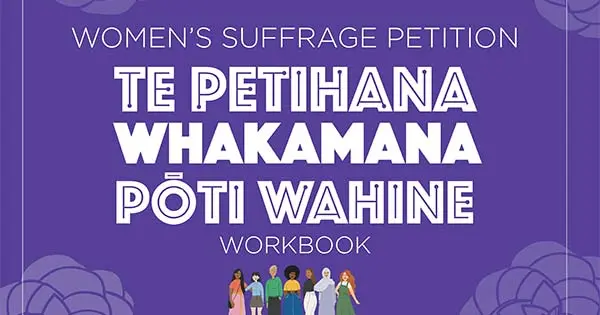
Women’s Suffrage Petition | Te Petihana Whakamana Pōti Wahine
Use our workbook and explore its activities to learn about the Women’s Suffrage Petition | Te Petihana Whakamana Pōti Wahine. Download and print the workbook or read the online version.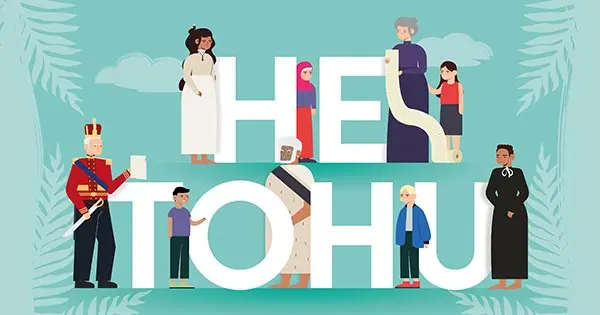
He Tohu: A declaration, a treaty, a petition
Explore the activities in this workbook to guide you through the 3 documents in He Tohu — He Whakaputanga, Te Tiriti o Waitangi and the Women’s Suffrage Petition. Download and print the workbook or read the accessible version.
Precious workbook — Ages 7 to 11
Use our fun workbook to discover why some things are precious and uncover the things that are precious to you. Either grab a piece of paper and work through the activities from the webpage or print the booklet. Suitable for ages 7 to 11.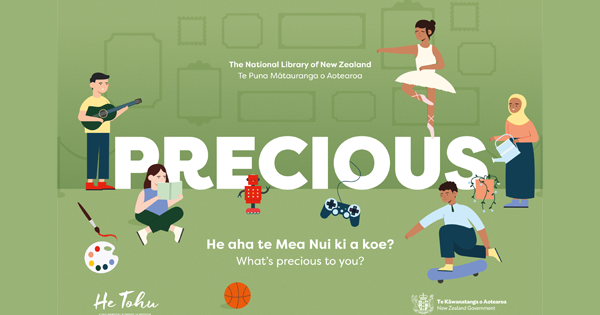
Precious workbook — Ages 11 and up
This book will guide you through the role of libraries, museums and galleries in caring for the precious objects of Aotearoa New Zealand. You will learn about finding, caring for, and exhibiting your own precious object. Suitable for ages 11 and up.